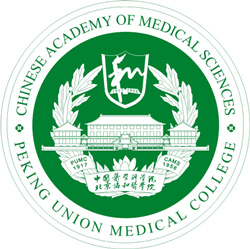The Chinese Academy of Medical Sciences was founded in 1956, and Peking Union Medical College was founded in 1917. Since 1957, the Chinese Academy of Medical Sciences and Peking Union Medical College have implemented a unified management system for institutions and colleges. They are the highest medical research institution and the highest medical education institution in my country. The colleges and universities have always kept in mind their original mission and have taken it as their responsibility to lead the development of medical science and technology education in my country and safeguard the health of the people. They have produced many educational talents, achieved fruitful scientific research results, and led the medical industry, making important contributions to the establishment and development of my country's modern scientific medical system. At the beginning of its establishment, Peking Union Medical College pioneered my country's eight-year medical education, higher nursing education, resident physician training system and modern public health education, and achieved a series of important results such as "Peking Man Research", "Monomer Ephedrine Extraction" and "Kala-Azar Research"; the Chinese Academy of Medical Sciences has made creative contributions in the development of poliomyelitis vaccines, the national control and basic elimination of leprosy, the creation and promotion of chemotherapy for radical choriocarcinoma, and my country's independent research and development of antibiotics and industrial production. The university has trained 55 academicians of the two academies in the field of medicine and health, including Zhang Xiaoqian, Zhang Xijun, Zhong Huilan, and Lin Qiaozhi, and provided talent and technical support for the establishment of many important medical and health institutions in China, such as the Chinese Center for Disease Control and Prevention, the Military Medical Research Institute of the Academy of Military Sciences, Capital Medical University, Beijing Hospital, and Beijing Anzhen Hospital. At present, the university has developed into a national comprehensive medical science research institution with 19 research institutes, 6 affiliated hospitals, 9 colleges, and 106 off-campus research and development institutions, integrating medical education, research, and production. The university currently has 26 academicians of the two academies, 45 national outstanding young scientists, 27 leading talents of the Ten Thousand Talents Program, 1,032 doctoral supervisors, and 1,231 master's supervisors; it has 5 national "double first-class" construction disciplines, 9 first-level discipline doctoral degree authorization points, and 6 Class A disciplines in the fourth round of discipline evaluation by the Ministry of Education; it has 6 national key laboratories, 5 national clinical medicine research centers, 15 other national scientific research bases, and 59 provincial and ministerial laboratories. The university has six hospitals directly under its jurisdiction, including Peking Union Medical College Hospital, Fuwai Hospital, Cancer Hospital, Plastic Surgery Hospital, Hematology Hospital and Dermatology Hospital. It integrates hospitals, research institutes and teaching institutions, forming a medical service system that closely integrates medical care, teaching and scientific research and is renowned both at home and abroad. As socialism with Chinese characteristics enters a new era, the development of colleges and universities has entered a new century and a new sixty-year cycle. The colleges and universities have thoroughly implemented the important instructions of General Secretary Xi Jinping to "strive to build the Chinese Academy of Medical Sciences into the core base of my country's medical science and technology innovation system", adhered to the general requirements of the "four aspects" of scientific and technological innovation, actively benchmarked against the goals of building a socialist modern power, and adhered to the working strategy of "inheriting culture, improving systems, establishing mechanisms, and expanding resources". It was the first in China to implement the "4+4" clinical medicine education model, create a pilot class for the reform of the training of excellent nursing talents, and take the lead in implementing the reform of quasi-tenure and long-term teaching positions in the medical field. It established the Academic Advisory Committee of the Chinese Academy of Medical Sciences and 6 major departments, continued to implement the Chinese Academy of Medical Sciences Medical and Health Science and Technology Innovation Project, and accelerated the construction of an open national medical science and technology innovation system with colleges and universities, research and development institutions outside the hospital, and key laboratories of the National Health Commission as the main body. It continued to deepen and actively expand various international exchanges and cooperation, and built the colleges and universities into a source of advanced ideas and a strong driving force for the country's medical research and education, and made new and greater contributions to the development of my country's people's health, medical science, and medical education!
-

Tsinghua University
-

Peking University
-

Fudan University
-

Wuhan University
-

Zhejiang University
-

Nanjing University
-

Sun Yat-sen University
-

Tongji University
-

Renmin University of China
-
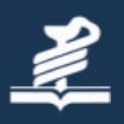
Jahrom University of Medical Sciences
-

Mesoamerican University
-

Istmo University
-
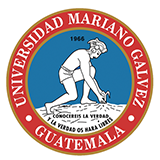
Mariano Galvez University of Guatemala
-
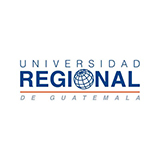
Regional University of Guatemala
-
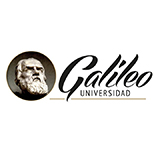
Galileo University
-
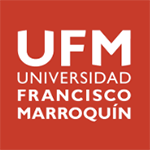
Francisco Marroquín University
-

Rafael Landívar University
-
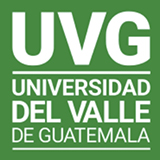
University of the Valley of Guatemala
-
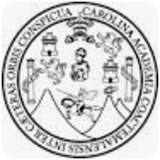
University of San Carlos of Guatemala
-

Technological Institute of Tlaxcala Plateau
-

Golfo University
-
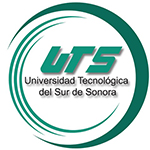
Technological University of South Sonora
-
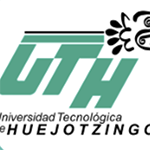
Technological University of Huejotzingo
-
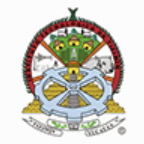
Tizimín Institute of Technology
-
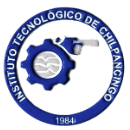
Chilpancingo Institute of Technology

